We see probabilities mentioned in the news, in weather forecasts, during sporting events, political arguments, business reports, elections, medical advice, and scientific findings. But probability is a tricky concept that not all (most?) people understand. Grace Huckins for The Open Notebook outlines useful ways to communicate the numbers more clearly — to increase the chances readers do understand.
On using concrete numbers over percentages:
Concrete numbers can also make statistics feel more personally relevant. A 0.5 percent risk of developing a particular kind of cancer may seem minuscule. But if a reader went to a high school with 1,000 students, they may find it more impactful to hear that five of their classmates, on average, will develop the disease. In a March 2021 story, American Public Media used concrete numbers rather than percentages to communicate race disparities in COVID deaths. They reported that 1 of every 390 Indigenous Americans had died of COVID.
Other tips include using visuals, relatable comparisons, and acknowledging uncertainty instead of speaking in absolutes.

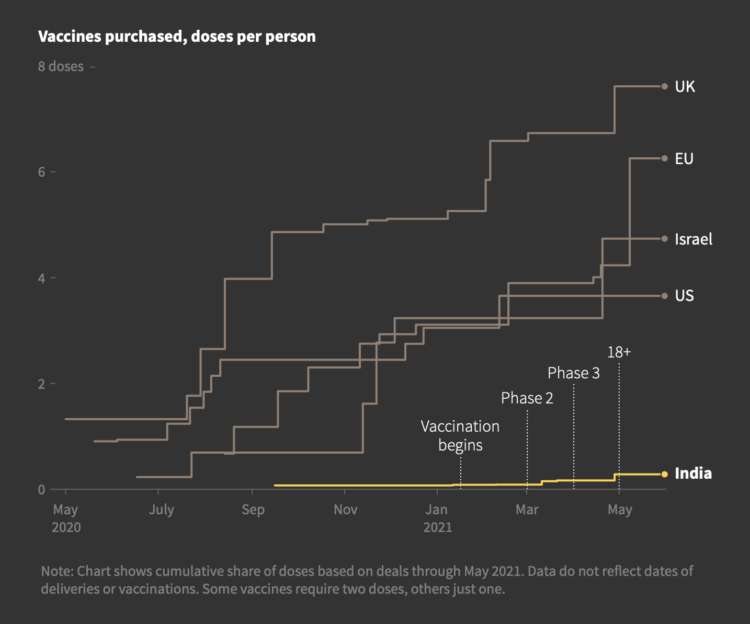
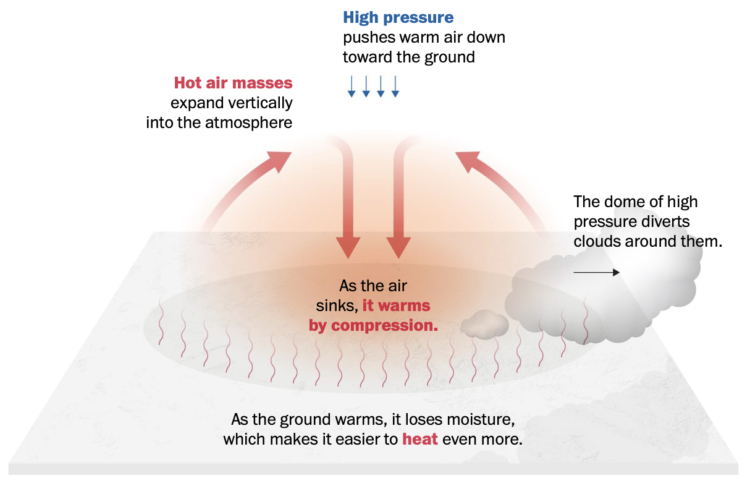
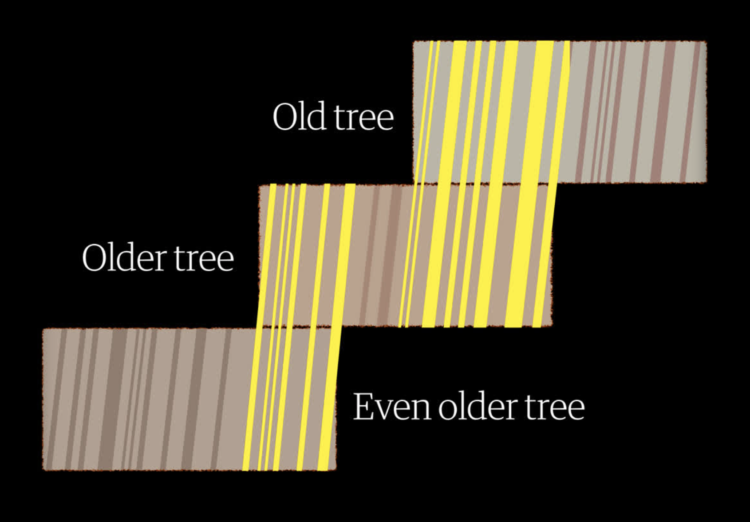


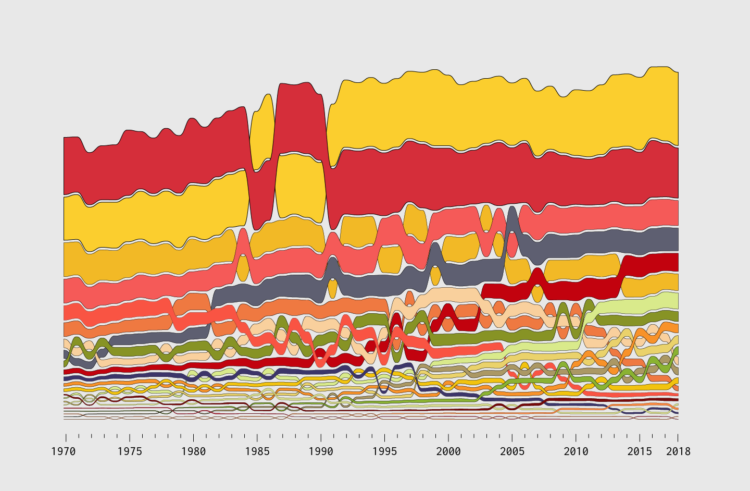

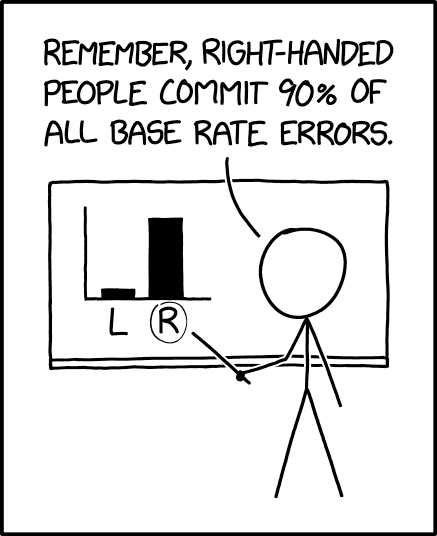
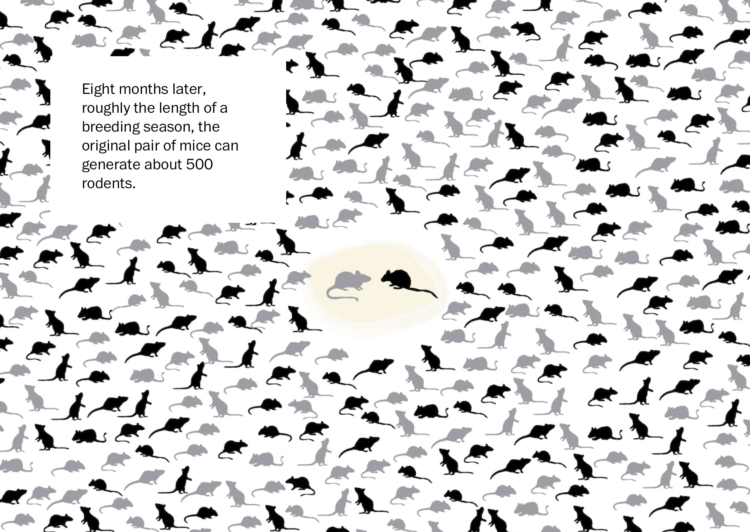
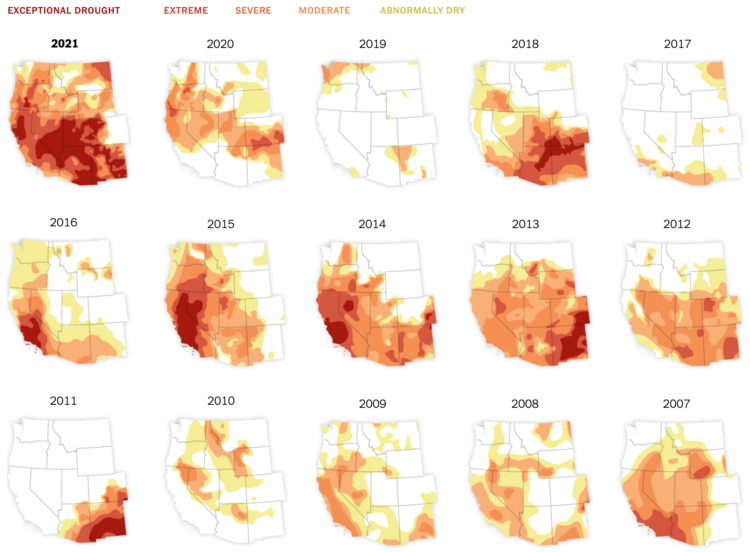
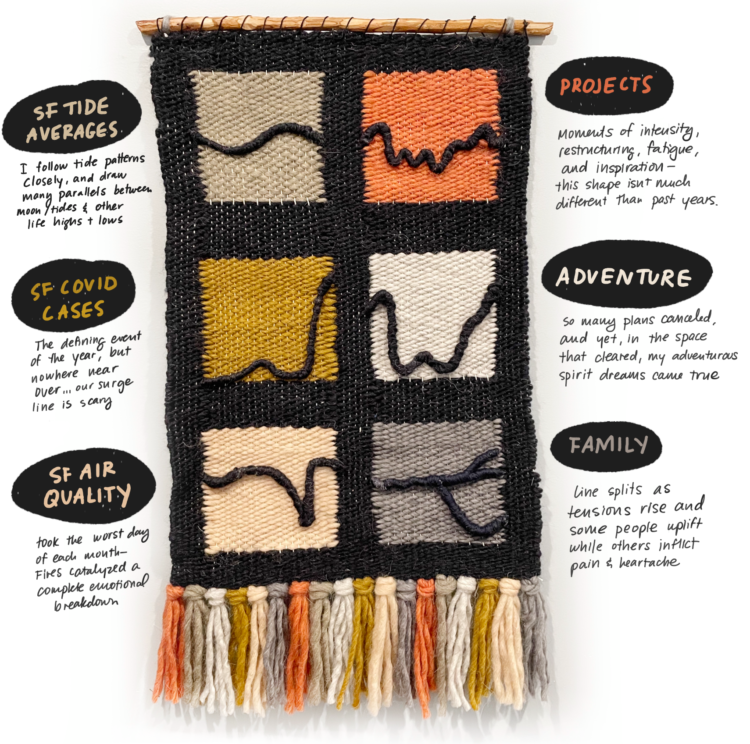

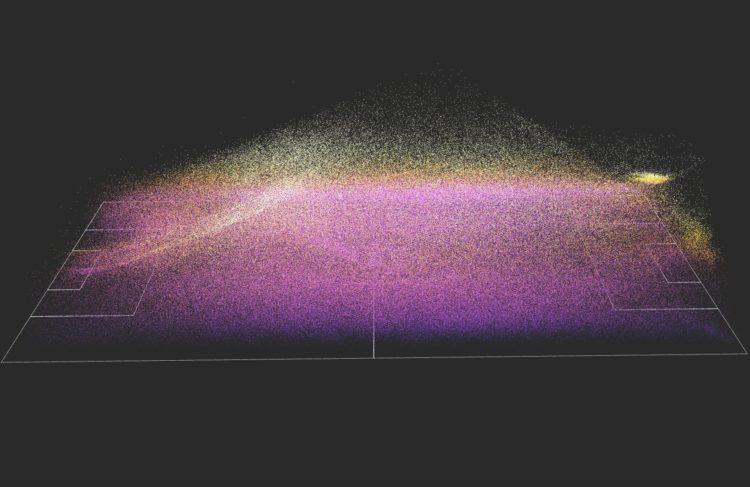
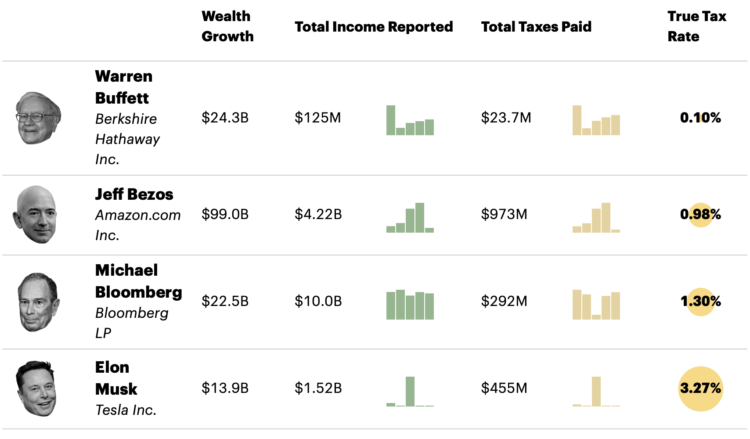
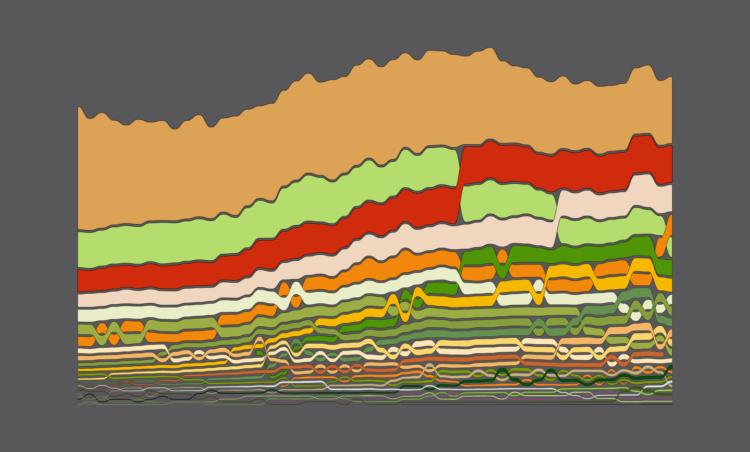
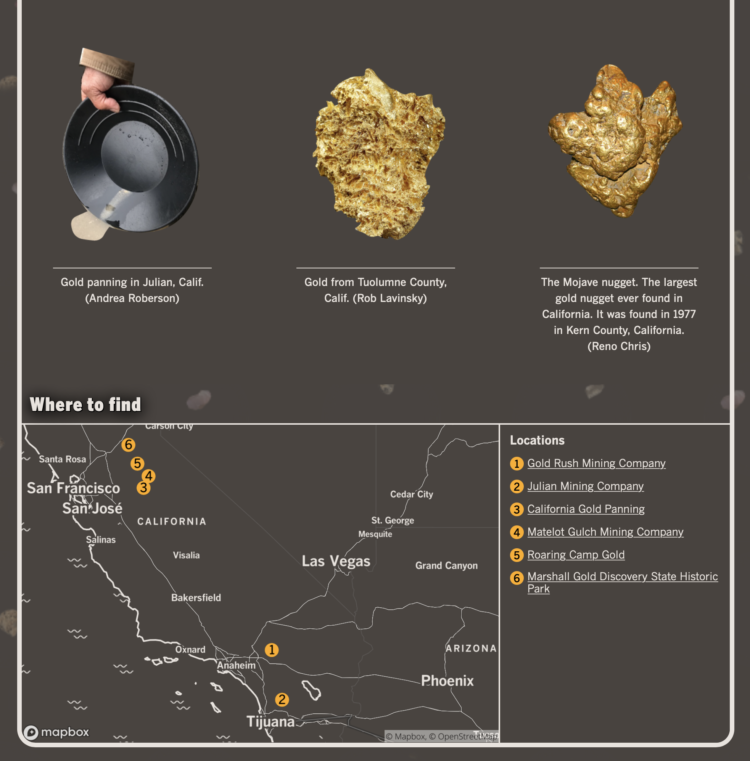

 Visualize This: The FlowingData Guide to Design, Visualization, and Statistics (2nd Edition)
Visualize This: The FlowingData Guide to Design, Visualization, and Statistics (2nd Edition)










